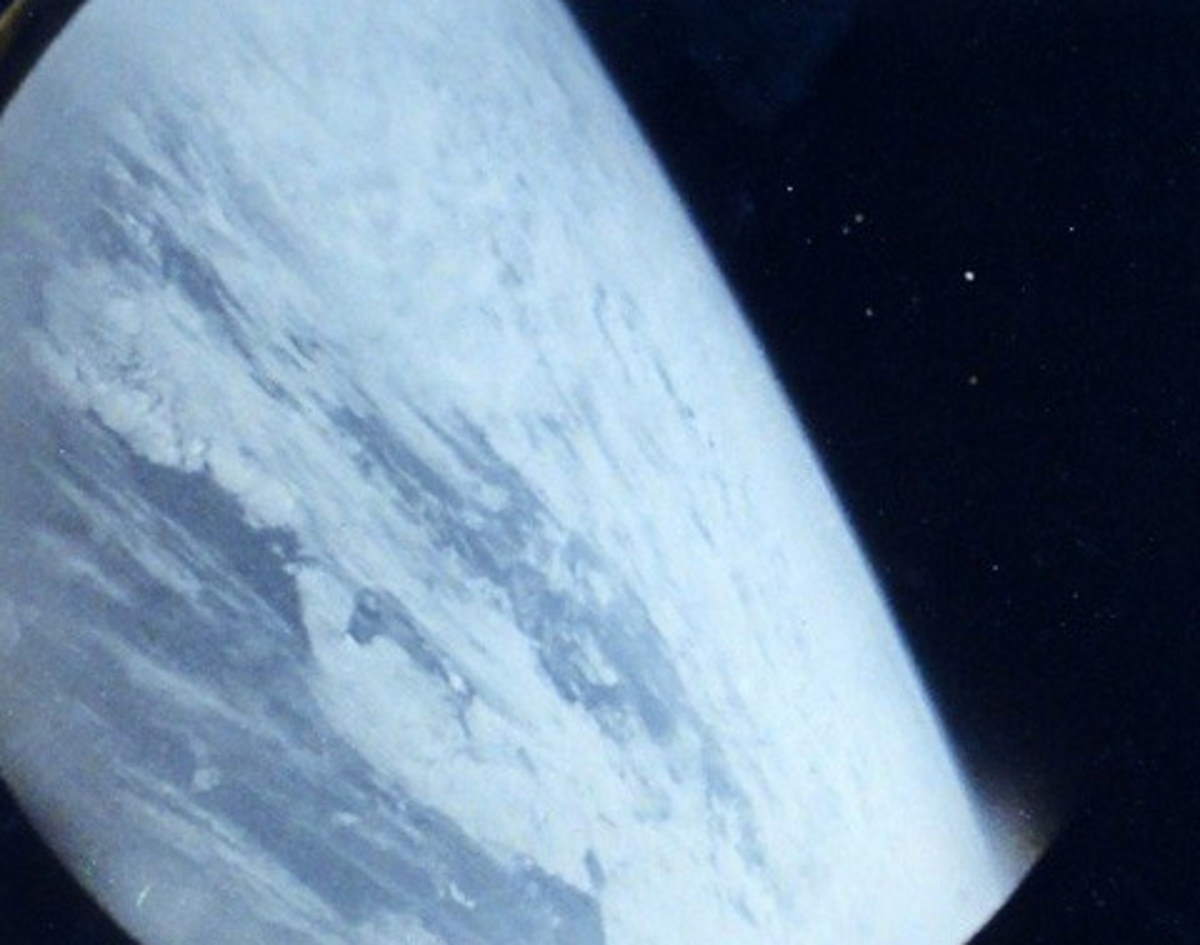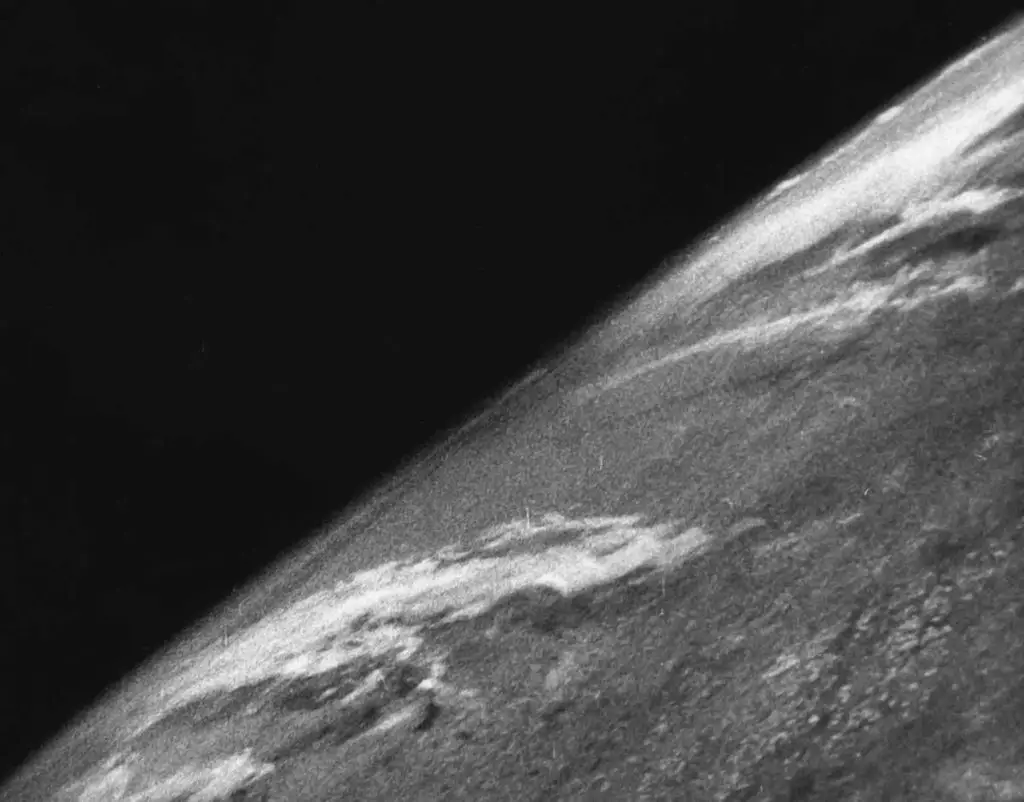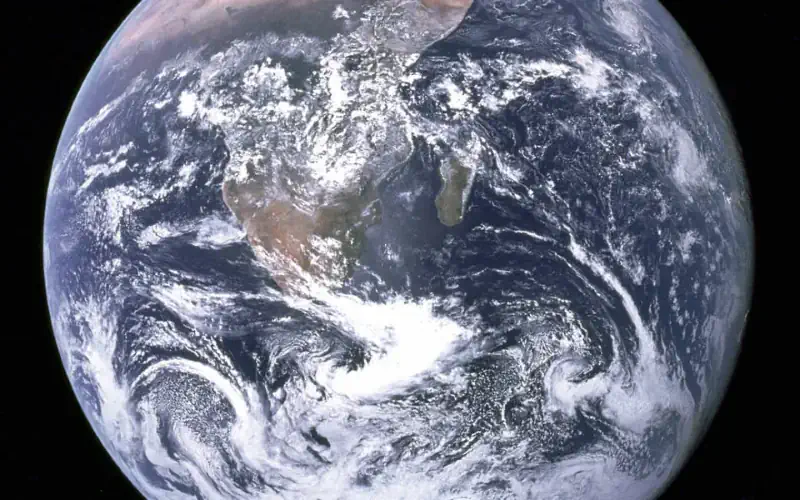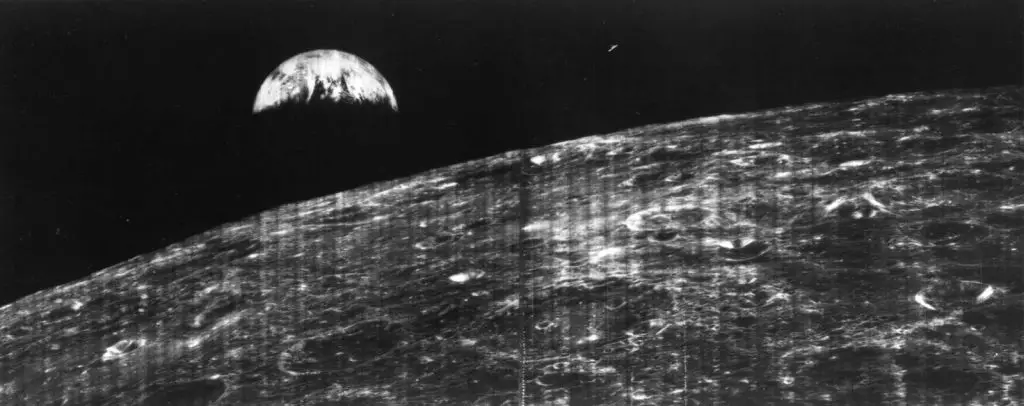On August 6, 1961, Soviet cosmonaut Gherman Titov took the first photo of Earth from space taken by a person. It was also the first color image of Earth from space. Titov became the first photographer from space.
This spaceflight was the first crewed spaceflight lasting over 24 hours. Titov was also the first to suffer from space sickness.
Today’s (August 6) story of what happened this day in Science, Technology, Astronomy, and Space Exploration history.
Gherman Titov took the first photo of Earth from space taken by a person
Less than four months after Yuri Gagarin’s triumphant return to Earth, the Soviet Union stunned the world with yet another crewed launch. Vostok 2 space mission (Vostok means “Orient”, or “East”) which carried cosmonaut Gherman Titov (11 September 1935 – 20 September 2000) into orbit for a full day was launched on August 6, 1961.
Titov was Gagarin’s backup for the first crewed space mission. With this 25-hour spaceflight, Titov became the first human to stay in space for more than 24 hours.
Learning a great deal from Gagarin’s pioneering flight, engineers managed to incorporate a number of modifications in the design of the Vostok spacecraft for its second crewed mission. The TV transmission system, which worked poorly, was upgraded. The telemetry system was also updated with the Signal short-wave transmitter, which was designed to help track the spacecraft and also to serve as a backup downlink channel for medical data when more reliable Ultra high-frequency (UHF) communications were not possible outside of the Soviet territory.
Also, unlike Gagarin on Vostok 1, Titov took manual control of the spacecraft for a short while.

Vostok-2 lifted off on August 6, 1961, at 08:59:57 Moscow Time. After a flawless launch, it entered a 183 by 244-kilometer orbit. Titov said he received a word from mission control that his orbital period (time of making a single orbit) was 88.6 minutes.
The confirmation of the correct orbit was made some 20 minutes after the launch and soon the Soviet media announced it to the world.
At 10:00, Titov activated manual attitude control of the spacecraft. At the beginning of the second orbit, Titov conducted filming of the Earth’s surface and the sky with a total duration of 10 minutes. This footage then made it to the general media.
He also tried to use an exposure measuring device but discovered that it failed as a result of the loads during the launch.
Titov also photographed a view of the Earth in the vzor (window) of the Vostok 2 spacecraft, which was used by the pilot for the manual orientation of the spacecraft in flight. This was the first photo of Earth from space taken by a person and also the first color image of our planet.
At 18:30, before his historic nap in space, Titov used the toilet for the first and last time during his mission, another first in space, which the Soviet press preferred not to advertise around the world. However, it was a great relief for life support engineers and doctors, whom Titov assured without any hesitation that to his surprise the “flow” was as easy as on Earth.
He woke up several times in the middle of his sleeping period, the last time, just 15 minutes before the end of the rest. He then fall asleep again and woke only 35 minutes late! However, ground controllers, apparently seeing the normal pulse of the pilot did not sound any alarms.
The Soviet sources also said that the temperature onboard the spacecraft varied from 10 to 25 °C (50-77 °F) during the mission.
Titov’s landing took place at 10:11 on August 7 near the village of Krasny Kut in the Saratov Region. The Vostok 2 mission lasted 25 hours and 18 minutes. The spacecraft covered 703,143 kilometers (436,913 miles).
The geography of the Vostok-2’s reentry trajectory emulated that of Gagarin’s, with braking maneuver near Africa, reentry over the Mediterranean Sea, and landing near Saratov.
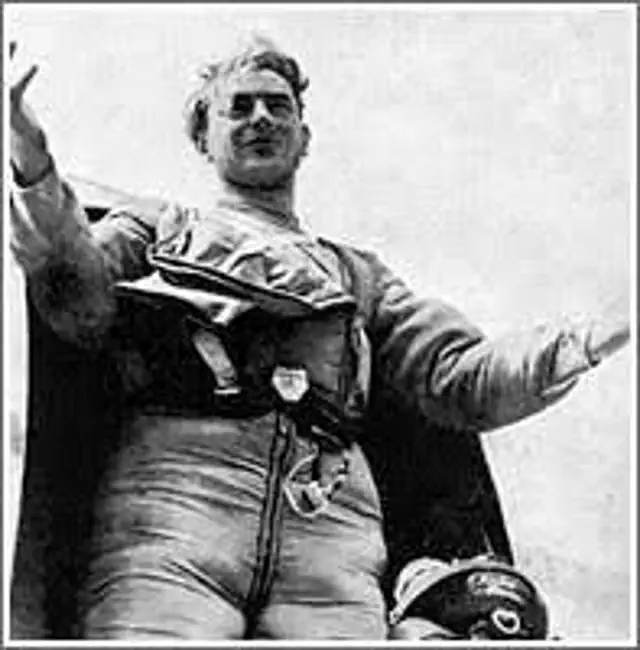
Titov’s flight finally proved that humans could live and work in space. In short:
- He was the first person to orbit the Earth multiple times (a total of 17)
- The first to pilot a spaceship and to spend more than a day in space.
- He was also the first to sleep in orbit and to suffer from space sickness (becoming the first person to vomit in space).
- Titov became the first photographer from space: he made the first manual photographs from orbit (he took the first photo of Earth from space taken by a person), thus setting a record for the modern first photos of Earth from space.
- He also was the first person to film the Earth using a professional quality Konvas-Avtomat movie camera, which he used for ten minutes.
The Titov crater on the far side of the Moon and Titov Island in Ha Long Bay in Vietnam are named after Gherman Titov.
Sources
- Gherman Titov on Wikipedia
- “Timeline of first images of Earth from space” on Wikipedia
- “Astronaut Glenn Meets Cosmonaut Titov” on the NASA website
- Vostok 2 on Wikipedia
- Space Shuttle Endeavour’s Touchdown Meets Columbia’s Salute [An amazing photo from the past] - February 29, 2024
- Moon Landings: All-Time List [1966-2024] - February 23, 2024
- From Orbit to Ordinary: 10 Earthly Applications of Space Technology - January 23, 2024
